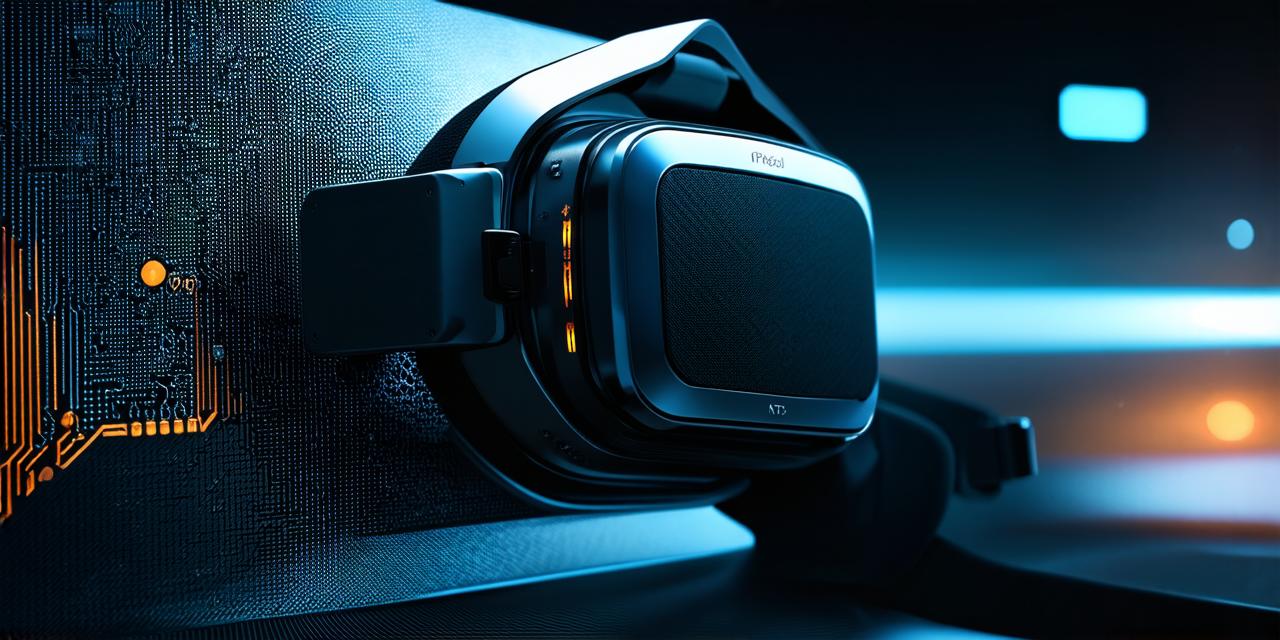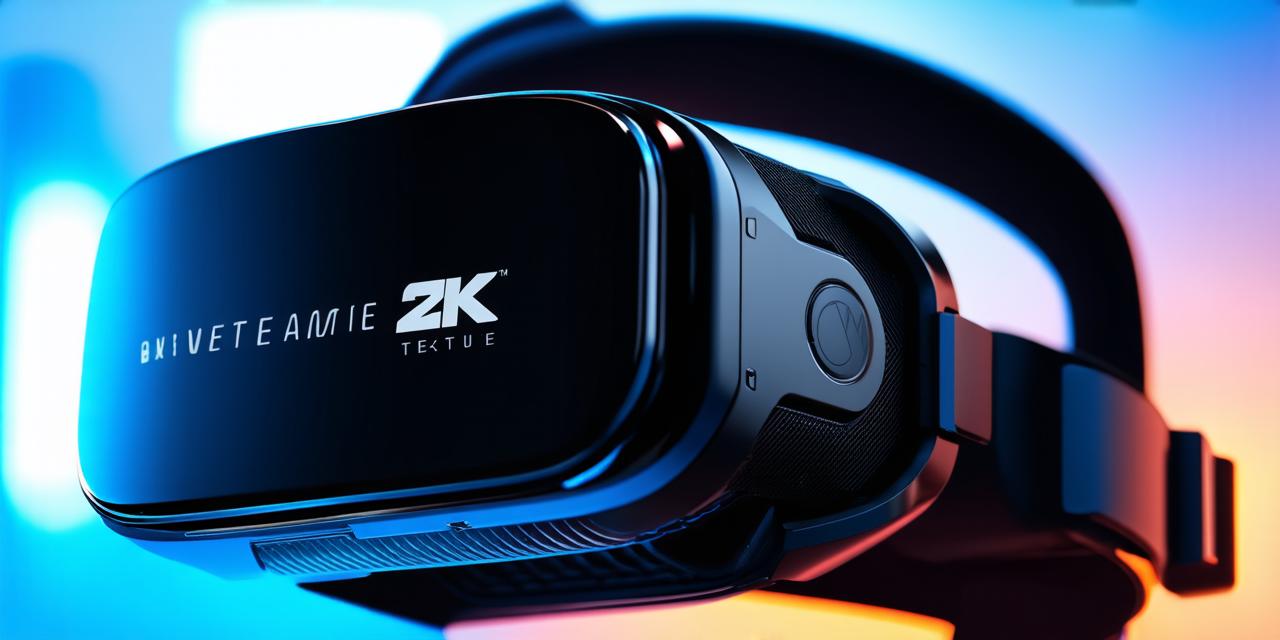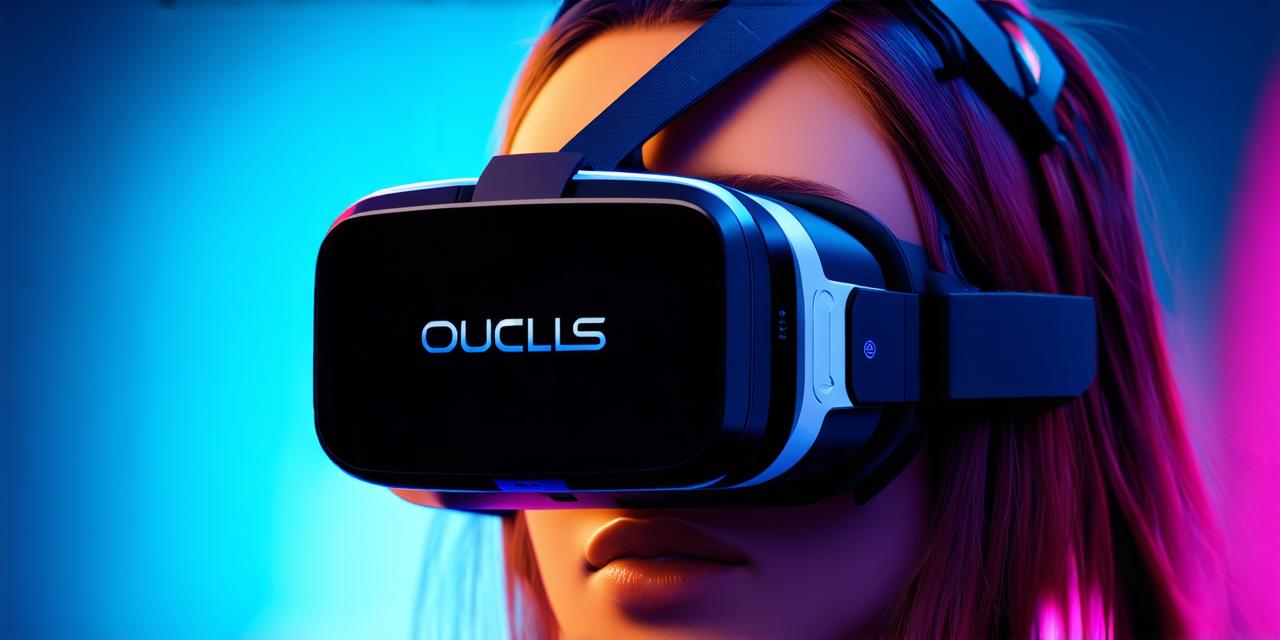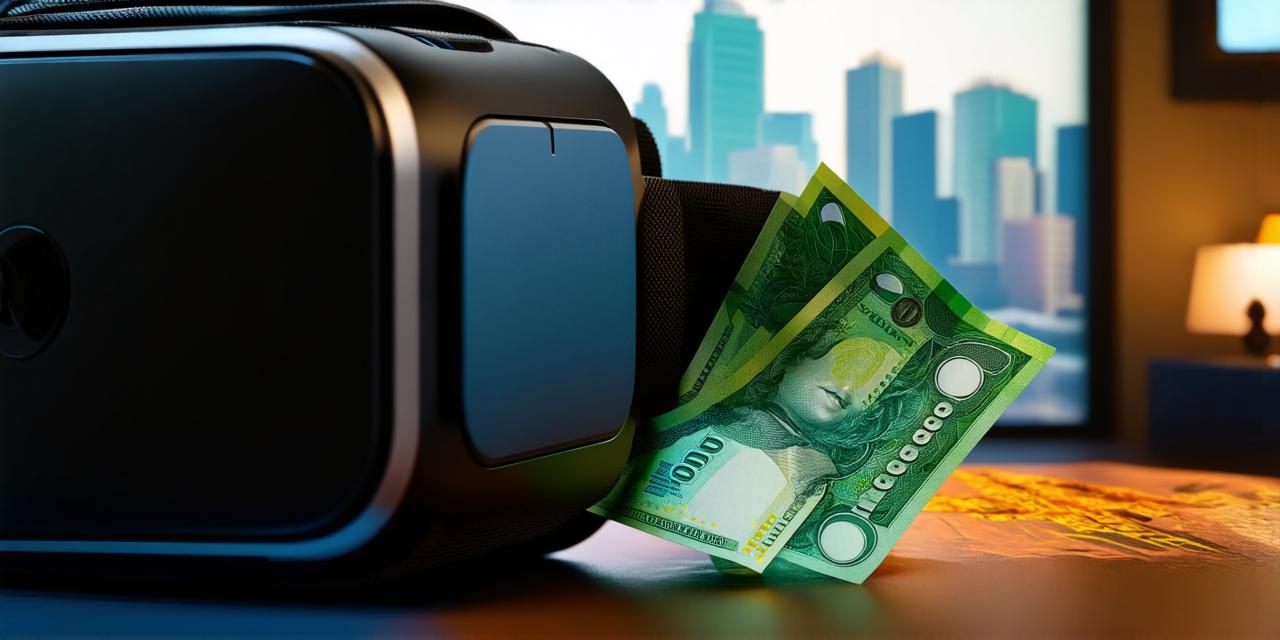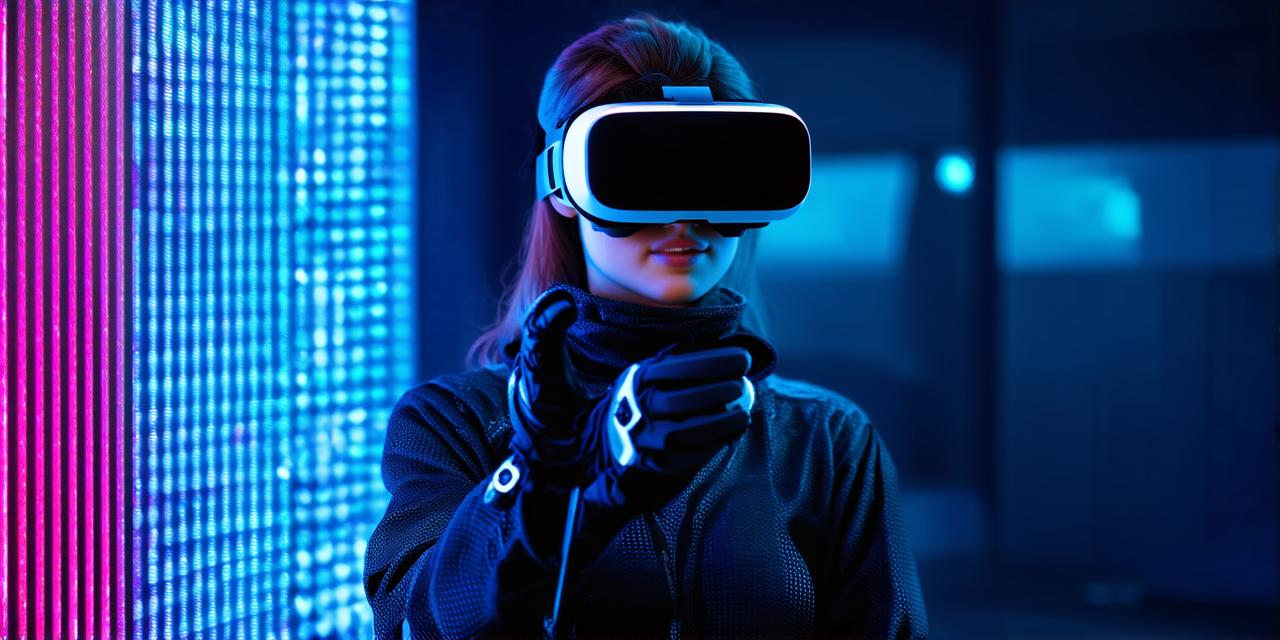Advancements in VR Technology
The last few years have seen significant advancements in VR technology, both in terms of hardware and software. Some of the key developments include:
- Wireless VR Headsets: In the past, VR headsets were wired to a computer, which limited mobility and created a cumbersome setup. However, wireless VR headsets like the Oculus Quest 2 have revolutionized the way users interact with virtual environments. These headsets offer a more natural experience and allow users to move freely within the virtual world.
- High-Resolution Displays: The resolution of VR displays has come a long way, with some models now offering screens with resolutions up to 4K. This high level of detail creates a highly immersive experience that can be difficult to distinguish from reality.
- Haptic Feedback: Advances in haptic feedback technology have allowed VR developers to create more realistic sensory experiences for users. For example, some headsets now offer haptic feedback that simulates the sensation of touching objects within the virtual world.
- Improved Motion Tracking: Improvements in motion tracking technology have made it easier for users to interact with virtual environments. Accurate motion tracking allows for more natural movements and reduces the sense of disorientation that can sometimes occur when using VR.
The Future of Virtual Reality
As VR technology continues to advance, we can expect to see even more innovative developments in the future. Some of the areas where we might see further advancements include:
- Augmented Reality Integration: While virtual reality and augmented reality are two separate technologies, there is a growing trend towards integrating AR into VR experiences. This could allow for more seamless interaction between the physical and virtual worlds, creating an even more immersive experience.
- Eye-Tracking Technology: Eye-tracking technology has the potential to revolutionize the way users interact with virtual environments. By tracking where a user is looking, VR developers can create more personalized experiences that are tailored to the user’s interests and preferences.
- Mobile Devices: As mobile devices continue to improve, we can expect to see more VR experiences being developed for mobile platforms. This will make it easier for users to access virtual environments on the go and could lead to even more widespread adoption of VR technology.
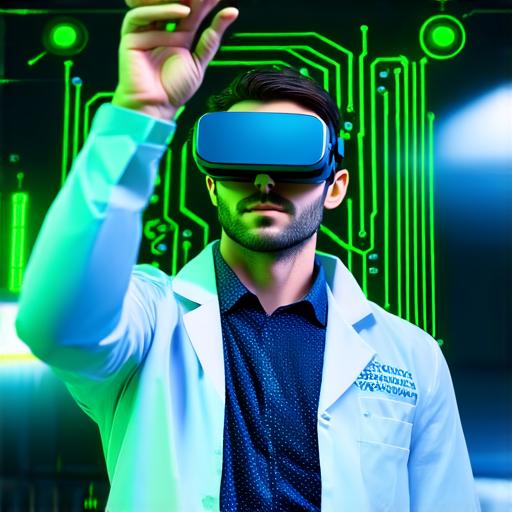
Implications for AR Developers
The advancements in VR technology have significant implications for AR developers. Here are a few key takeaways:
- Increased Demand for AR Skills: As VR becomes more advanced, there will be a growing demand for skilled AR developers who can create immersive and interactive experiences.
- Improved User Experience: The advancements in VR technology have the potential to significantly improve the user experience for AR applications. By leveraging the latest developments in VR hardware and software, AR developers can create more engaging and realistic experiences for users.
- More Opportunities for Innovation: As VR technology continues to evolve, there will be plenty of opportunities for AR developers to innovate and push the boundaries of what is possible with this technology.
Summary
Virtual reality has come a long way since its inception and offers users an incredibly immersive and interactive experience. The advancements in VR technology have significant implications for AR developers, providing increased demand for skills, improved user experiences, and more opportunities for innovation. As VR continues to evolve, we can expect to see even more exciting developments in the future.
